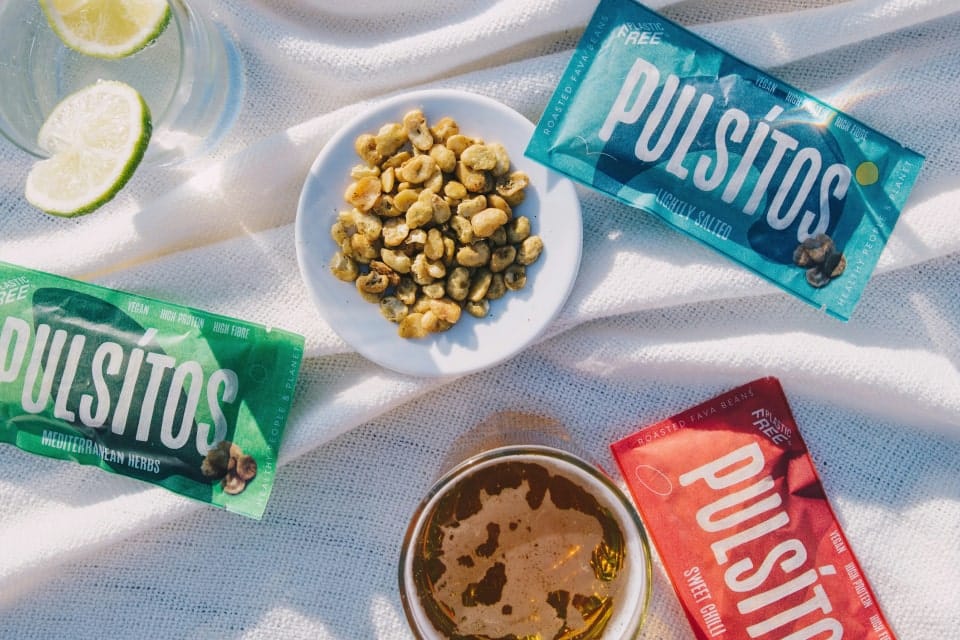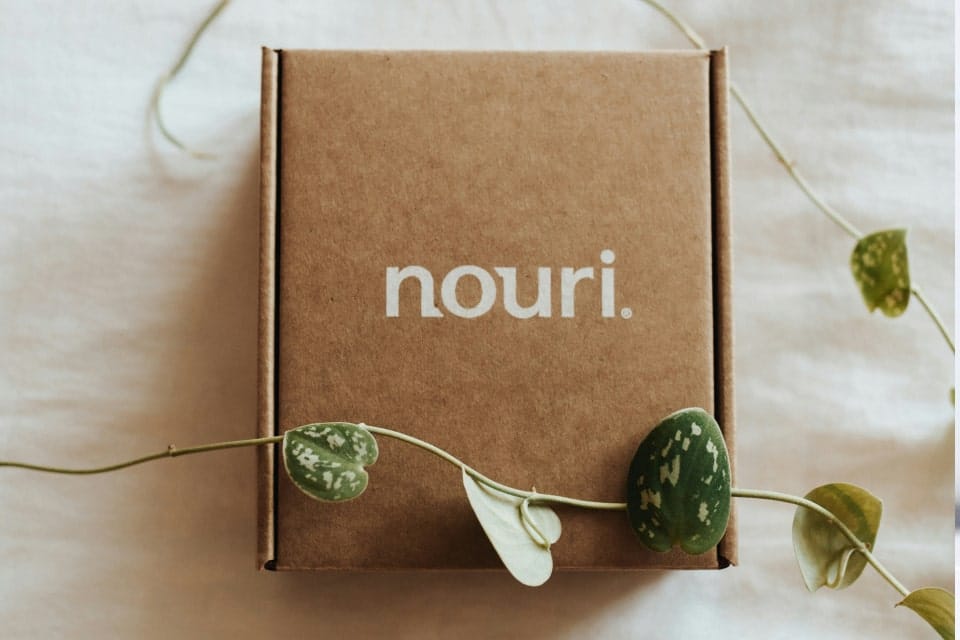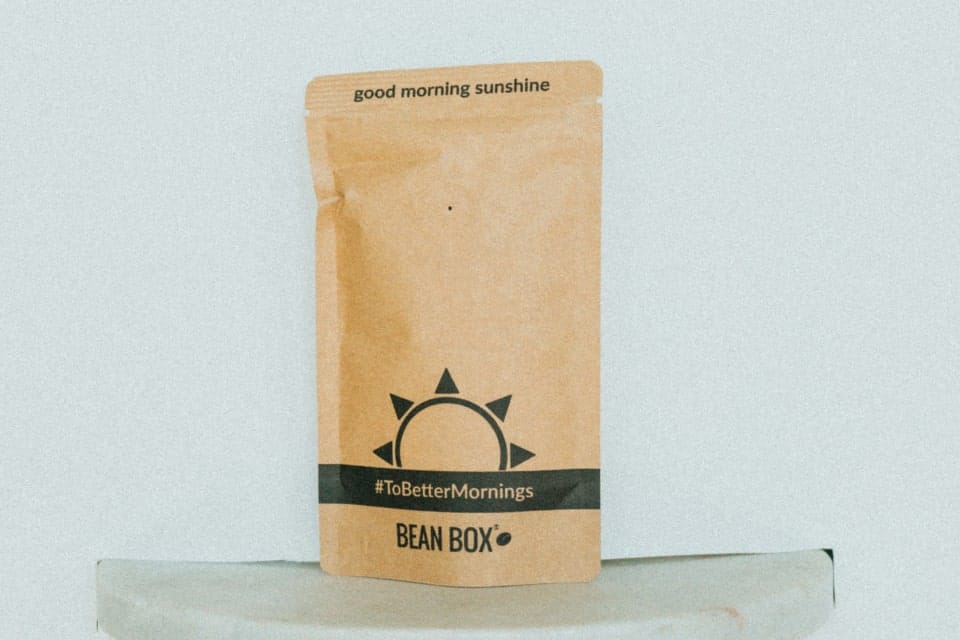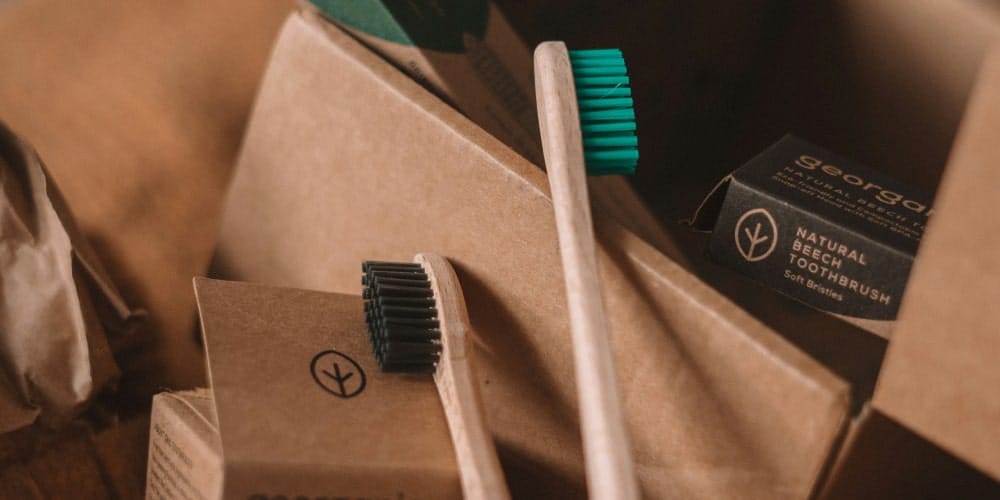Increasingly, brands are having one common goal when it comes to custom packaging: to make their packaging more sustainable. But you might be wondering where to begin and what specific decisions can affect the sustainability of your eco-friendly packaging. Let us walk you through the key considerations you should make throughout the entire custom packaging process.
Ideation & Packaging Purpose
Every sustainable packaging journey should begin with a clear understanding of why the packaging is needed. When you define its core purpose, be it protection, branding, or delivering product information, you can avoid over-packaging from the outset.

Over-engineering not only wastes materials but can also hinder recyclability and increase transport emissions due to unnecessary weight or volume. For example, if the main goal is protection, you might lean into durability. If it’s branding, a minimalist, impactful design could be enough. The goal is to create the most effective packaging with the least material possible.
Ask yourself:
- What is the core function of this packaging (protection, branding, compliance, customer experience, etc), and how can I meet that with minimal impact?
- Are there sustainability goals I want this packaging to support (e.g., waste reduction, carbon footprint, recyclability)? Does this packaging reflect my brand’s sustainability values and messaging clearly to customers?
- Can I reduce, simplify, or even eliminate packaging altogether (e.g., packaging-free, reusable models)? What does ‘minimum viable packaging’ look like for this product, and can I meet my needs without excess?
Structural Design & Engineering
Smart structural design does more than just reduce material. It improves shipping efficiency, minimizes emissions, and enhances the customer experience. By right-sizing your packaging and opting for flat-packed or collapsible designs, you can reduce both material use and logistics costs. PackMojo's collapsible magnetic rigid box is the perfect solution for those looking for flat-packed solutions that don't compromise on luxury.

This is also the stage to explore multifunctional packaging, such as mailer boxes that serve as both primary and shipping packaging. Going one step further, think about the second life of your packaging. Are you wanting to design packaging that can be reused, returned, or repurposed?
Designing for reuse or upcycling can extend the packaging’s lifespan and reduce the need for single-use alternatives, helping you support sustainability goals without compromising design or quality. Explore innovative packaging solutions that are redefining sustainable packaging.
Ask yourself:
- Is the packaging right-sized for the product, avoiding unnecessary void space or excess weight?
- Can the design be collapsible, flat-packed, or modular to save space in transit and storage?
- Can this packaging serve more than one purpose, such as both product display and delivery? Is the structure sturdy and appealing enough to be reused or repurposed by the customer?
- Could I implement a return or reuse program (e.g., refills, take-back systems) to support circular packaging?
Design & Material Selection
Material is one of the biggest contributors to a packaging’s environmental impact, both during production and after disposal. Choosing the right materials and design can determine whether your packaging can easily be recycled, composted, or landfilled.
Using recycled materials reduces the need to bring in virgin materials, and opting for mono-material packaging can simplify recycling processes. Recyclability can be improved by using minimal ink coverage and eco-friendly inks, as well as avoiding material combinations that can not be separated during the recycling process.

The final stage of a product’s life, disposal or reuse, is often in the hands of your end user, and that’s why education, clarity, and design simplicity are essential in ensuring that your customers know what to do with it. Opt for minimal or intuitive designs with clear communication to increase the likelihood of proper recycling or composting. Smart packaging with QR codes linking to disposal instructions, or printed guidance directly on the packaging, can make a big difference.
At PackMojo, we print using soy-based inks and offer a range of sustainable material options. Our paper-based materials are all made using post-consumer content and further offer kraft paper and FSC-certified materials.
Ask yourself:
- Is the packaging intuitive to open, use, and dispose of sustainably? Are there clear disposal instructions that will help increase the likelihood of the packaging being appropriately recycled?
- Are the materials recycled or responsibly sourced, and will they be easy to recycle, compost, or reuse after use? What design decisions can improve recyclability, such as using mono-materials or reducing ink and coatings?
- Are my inks, adhesives, and finishes eco-friendly, and can I reduce them without compromising branding?
- Is the packaging intuitive for customers to open, reuse, and dispose of responsibly, and are disposal instructions clearly communicated?
Supplier Selection
Choosing the right supplier plays a crucial role in the sustainability of your packaging. Their sourcing practices, production methods, and environmental commitments can directly influence your packaging’s overall footprint. It’s important to ask about certifications, material origins, and how they manage waste or energy use during production. You might also consider working with local or regional suppliers, which can help significantly reduce transportation-related emissions.

While ordering too much can lead to inventory waste, ordering too little at once increases per-unit emissions due to the frequent shipments required. A supplier with flexible MOQs that can adapt to your production needs can therefore help you stay on track with your sustainability goals. Check out this list of sustainable packaging questions to ask your supplier.
Ask yourself:
- Do the suppliers use production methods that support sustainability and carry materials sourced responsibly and backed by certifications?
- Am I looking for a supplier that can provide data on the environmental impact of my packaging, such as the carbon footprint?
- Does the supplier offer flexible minimum order quantities (MOQs) that suit my needs without leading to overproduction or excess waste?
Inventory, Storage & Shipping Efficiency
How your packaging is stored and shipped has a direct effect on its environmental footprint. Bulky or poorly optimized packaging can take up excess space in your warehouse, require more energy to store, and increase transportation emissions due to inefficient use of space.
Designing packaging that is stackable, collapsible, or flat-packed can help reduce warehouse volume, lower shipping costs, and improve sustainability. Materials that are prone to moisture damage, mold, or degradation need to be stored under the right conditions—failing to do so can lead to damaged packaging that goes unused, becoming unnecessary waste. Proper storage also ensures your packaging maintains its structural integrity and visual quality, especially for uncoated, biodegradable, or kraft-based materials that can warp or fade over time.

It’s also worth reviewing your SKU variety because streamlining your packaging types across product lines can simplify logistics, reduce waste from discontinued items, and improve warehouse space efficiency.
Ask yourself:
- Is the packaging space-efficient? Can it be stacked, nested, or flat-packed to minimize storage space? Are there any special storage conditions required (e.g., dry, cool, pest-controlled) that could increase energy consumption?
- How can I store my packaging to prevent damage, warping, or contamination, especially for kraft or biodegradable materials?
- Can I streamline or consolidate packaging SKUs across product lines to simplify inventory and reduce waste?
Conclusion
Sustainable packaging doesn’t end after you’ve delivered your product. As a brand, committing to sustainability means that it’s a topic that should be revisited, measured, and ideally improved over time. Whether it’s calculating your packaging’s carbon footprint, reducing materials per unit, or improving recyclability rates based on customer feedback, measuring your impact can help you make even more informed, sustainable choices.
From low MOQs for testing to expert guidance on design improvements, PackMojo is here to support your sustainability goals and growth. Reach out to us to see how we can help support your sustainable packaging initiatives or explore our eco-friendly packaging solutions now.
